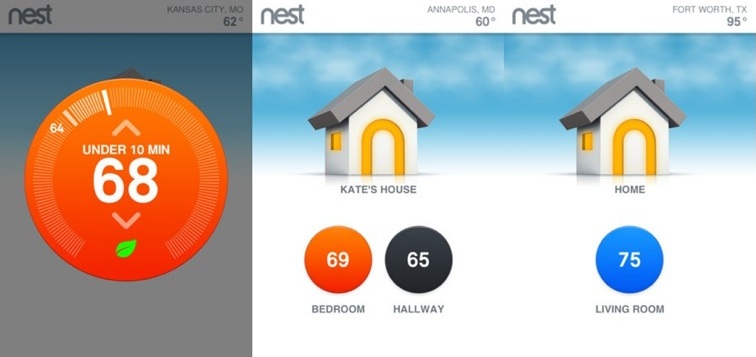The developers of new technology, or new ways to use existing technology, have the habit of creating new buzzwords and buzz-phrases that make something that’s an old idea sound brand new. “The Internet of Things” is such a phrase that sounds new, but is actually a concept that’s been around since the earliest days of the commercialization of the web. Simply put, the term captures the idea that the internet not only has the ability to connect computers and the people who use them, but can also connect people and machines to an unlimited array of physical objects.
An early example of such a concept is the way in which your smartphone or iPad can be used to operate your Cable TV or HVAC or security system over the internet. By using wifi or a low-powered radio frequency, nearly any physical object can be connected to the internet. Each item can be assigned a unique address through radio-frequency identification (RFID), internet protocol (IP) or a long list of emerging approaches. These connected products are the “internet of things” that can enable businesses, large and small, to improve productivity and create efficiencies in numerous ways:
Logistics
For years, the use of barcodes and early RFID approaches have provided a glimpse into what an internet of things can accomplish. (Think of the generations of devices you’ve watched UPS and FedEx delivery people use.) When your entire inventory is connected to the internet (not just the items you’ve scanned in, but every item), you’ll have ability to balance your supply with market demand with greater efficiency. As the technology and approaches that enable “the internet of things” fall in price and become more ubiquitous, small businesses will be able to utilize the same types of just-in-time logistical strategies that today are available only to giant companies like Amazon and Walmart.
Manufacturing

Imagine the types of control a home-owner has over an HVAC system with a product such as Nest (purchased recently by Google for $3.2 billion) applied to the control of short-run manufacturing and you can envision what a positive impact it can have on your ability to speed up work flows and lower costs related to warehousing and material sourcing.
Operations
Falling prices and the emergence of standards related to the “internet of things” will make it easier to control overhead costs related to everything from climate control to restocking paper clips.
A Word of Caution

With each new promise of what technology can enable, one needs to be reminded of the accompanying downside risk. We’ve already seen the security and privacy risks that accompany the first two decades of ecommerce, banking and a longlist of web-enabled cyber crimes that have risen along with the good things the internet has enabled.
But connecting a wide range of information regarding company’s inventory, manufacturing and operational “things,” the incentive for cyber crimes will become even more enticing. It’s for this reason that a company like Cisco is offering prizes of up to $300,000 to those who can help secure the internet of things.
